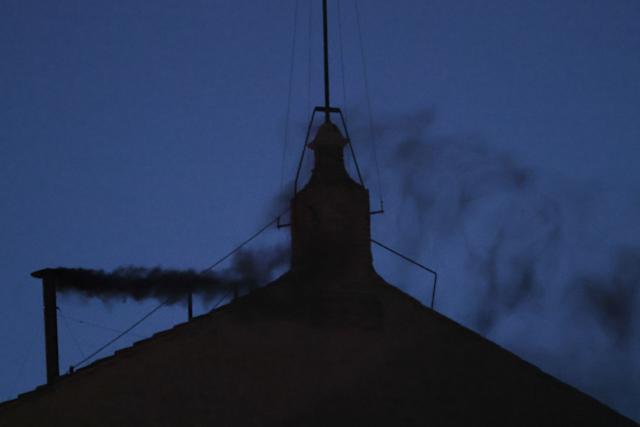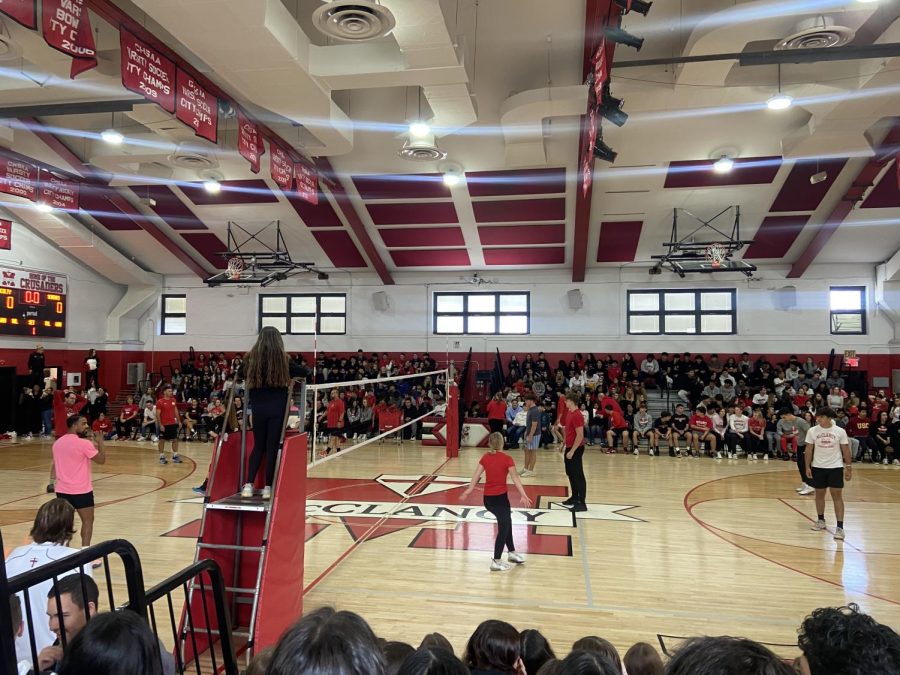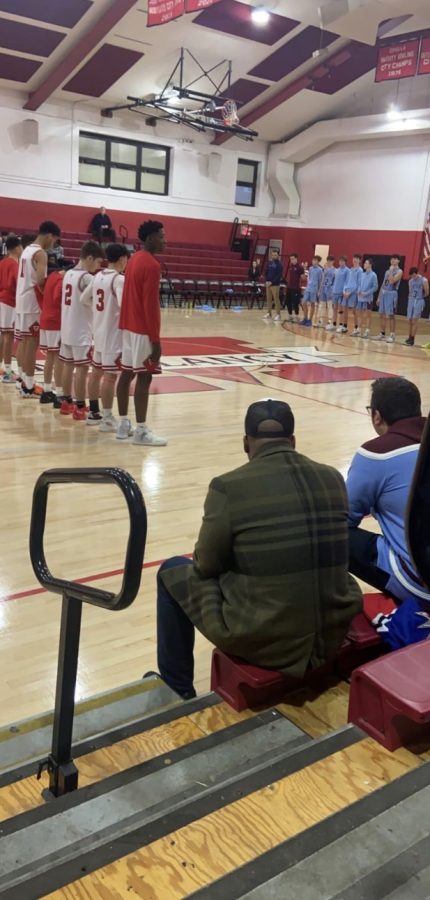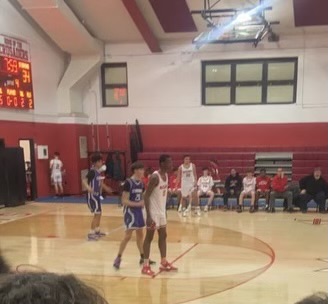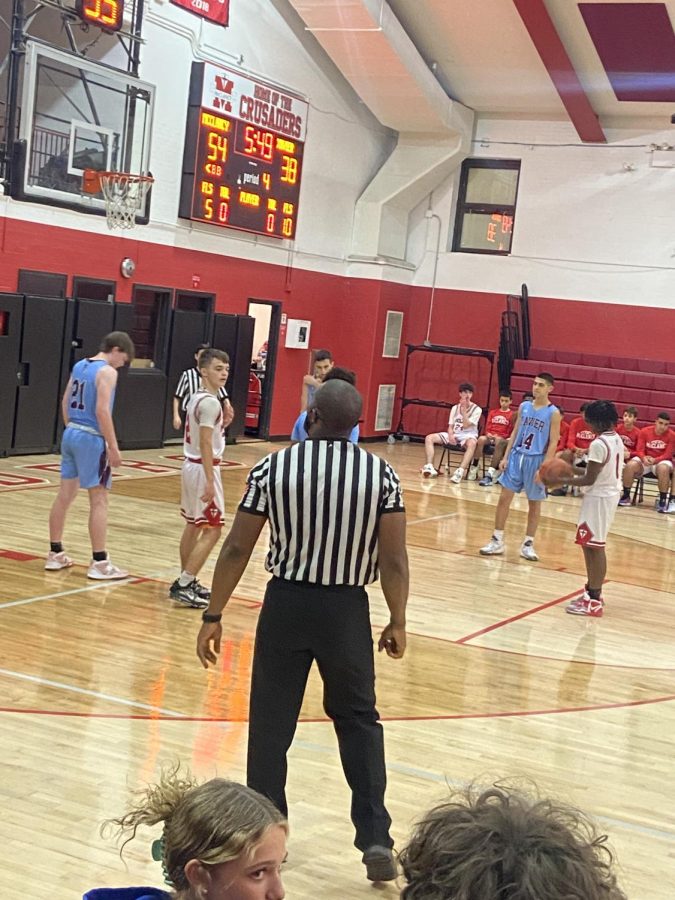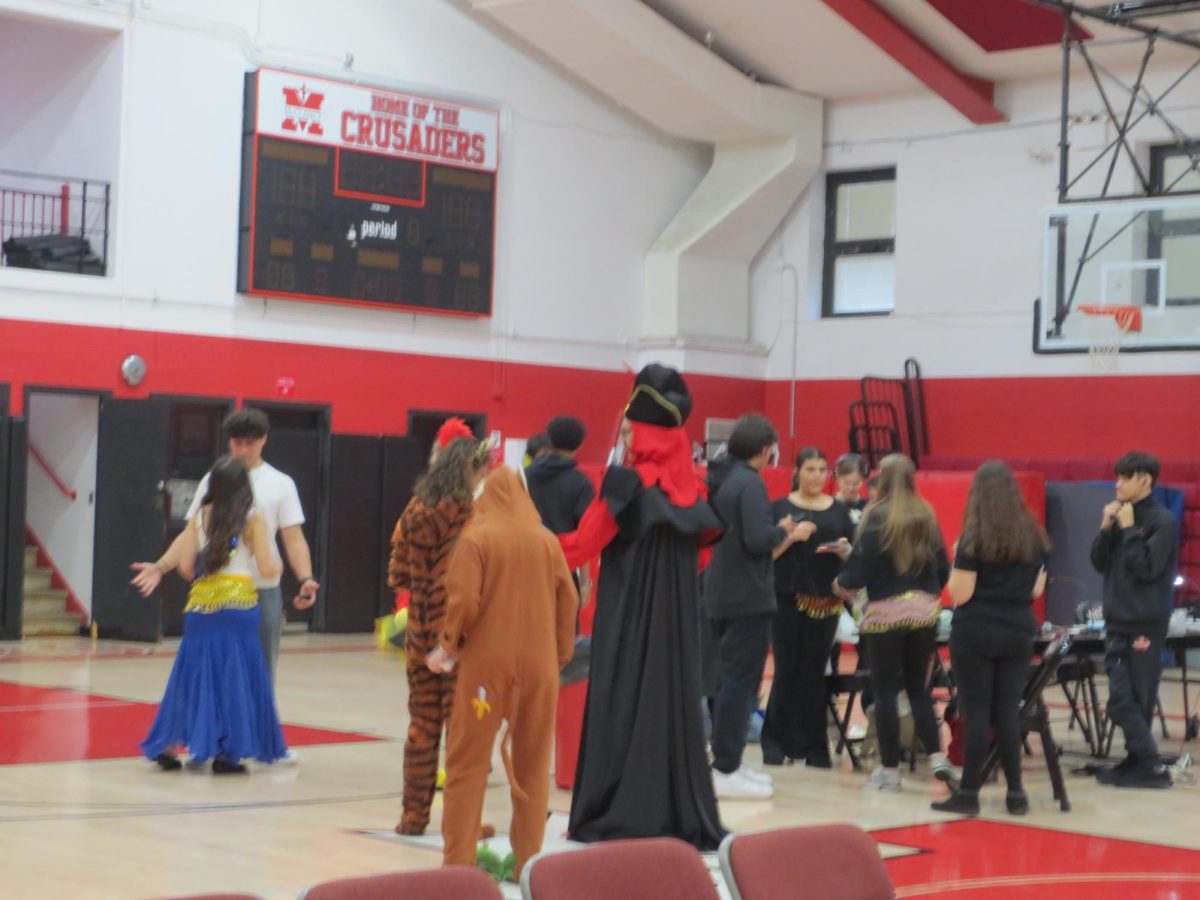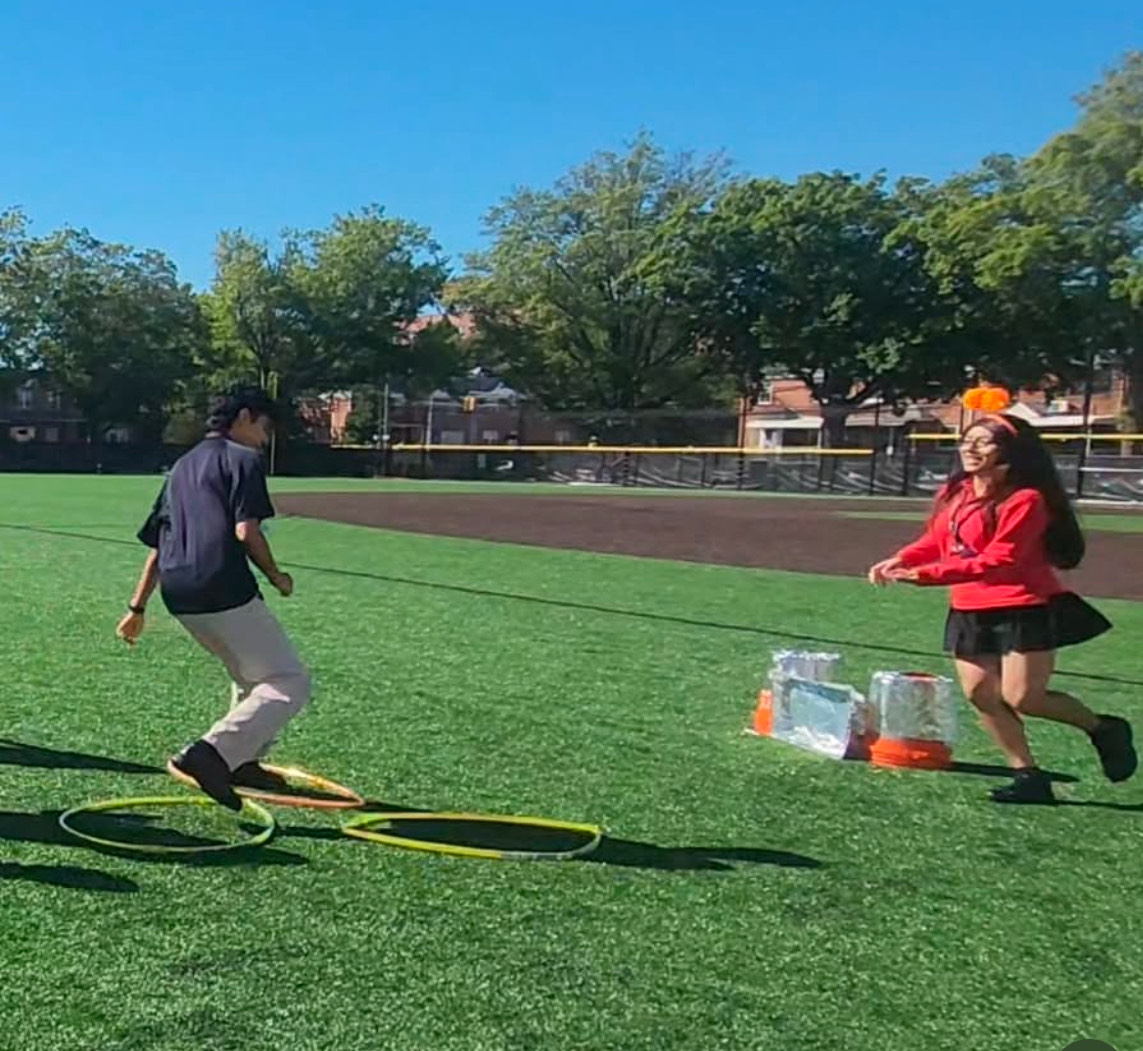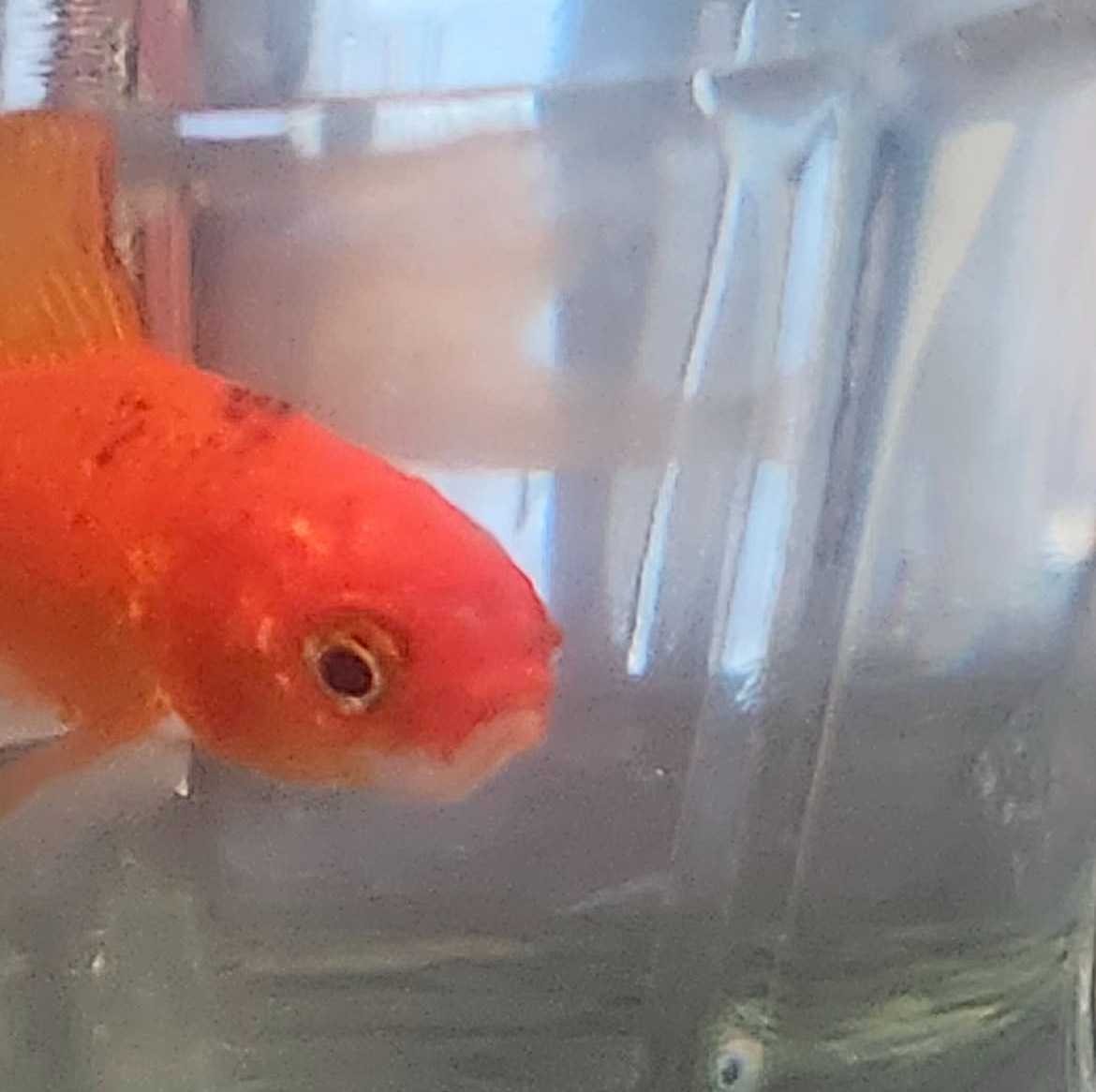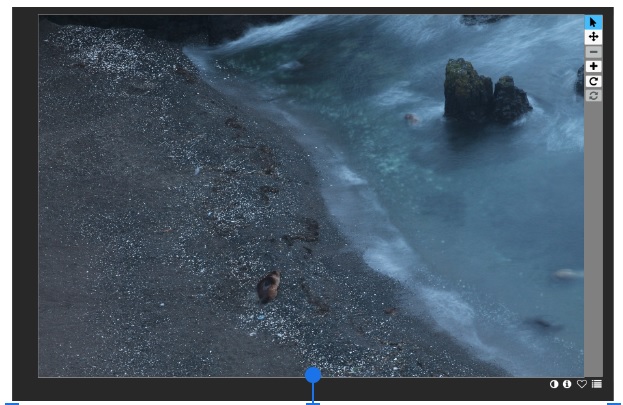Killer Whales!
November 17, 2022
The project Ms. Smith assigned us involved looking at the cause of the population decrease of sea lions. One of the suspected predators was killer whales. In this project, we were told to look at several pictures taken by cameras located near highly-populated places where sea lions live. Our job was to find out whether the land surrounding the water held predators. This project was both helpful to researchers and became an enjoyable activity for students. From my progress thus far, I haven’t spotted many killer whales surrounding the premises of the sea lions. There have been a couple times where it looked like there was a fin above the water, but, in other pictures, it was either too blurry or the picture was very clearly showing many or no sea lions in the photo.
In my opinion, this project was both a very nice way to start off the lesson and helped us warm up to our new class. Not only were we helping scientists, but we were also able to have fun while being productive. This activity could be completed by anyone, and the research of everyone involved counts. Your thoughts and conclusions are combined and help the scientists analyze whether killer whales are the top predator of sea lions. From what I saw, I don’t believe that killer whales are the main cause because there are barely any around. I have a feeling that it might be happening because the sea lions are lacking a nutrient that helps them survive.
Overall, this research idea is an ideal way to help investigators through citizens’ opinions. Sea lions need our help, and this is one way of helping them. Us Monsignor McClancy students are participating in the experiment, and you should too!

